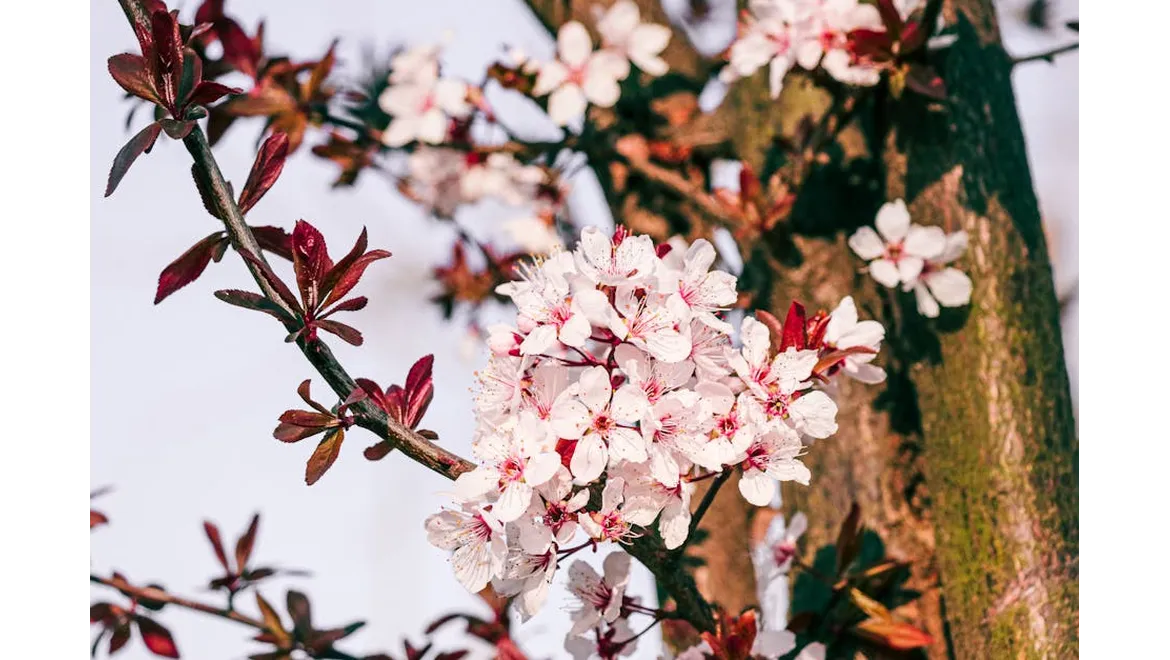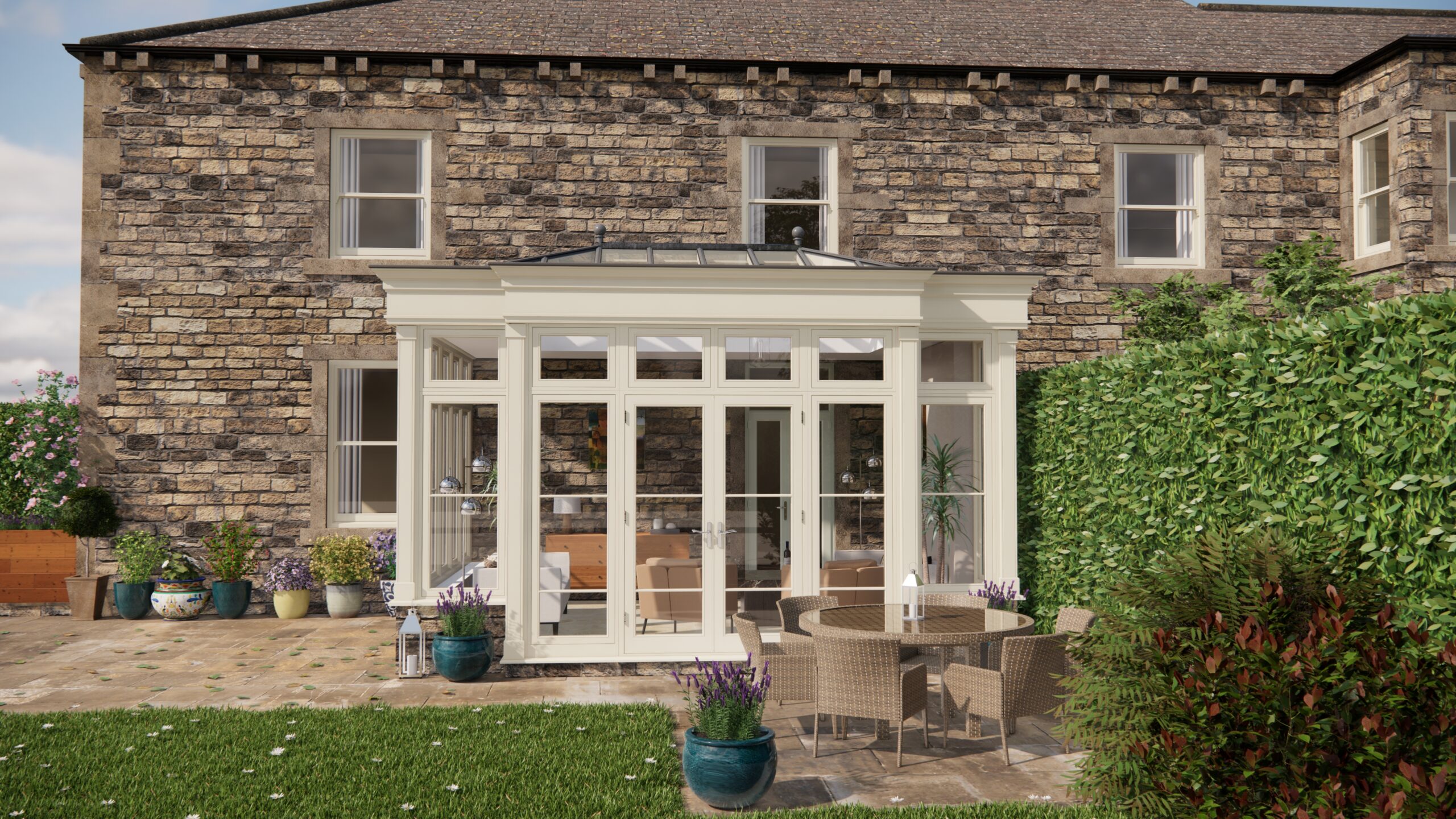Right then, let’s have a proper natter about creating a UK garden that delights the senses every single day of the year. It’s a challenge, isn’t it? We’re not blessed with perpetual sunshine, but that’s precisely what makes a well-planned garden here so rewarding. I’ve spent years tweaking my own, learning from successes (and a fair few failures!), and I’m keen to share my experience.
First, ditch the ‘one-hit wonder’ mentality. Focus on layering. Think of your garden as a stage, with actors taking centre stage at different times. We need a cast that keeps the show going! That’s where clever plant combinations come in.
I’ve become a huge fan of thinking in terms of seasons right from the design stage. For example, in early spring, imagine the joyful splash of Eranthis hyemalis (Winter Aconite) paired with the delicate snowdrops (Galanthus nivalis). Underplant them with later-flowering Tulipa clusiana ‘Lady Jane’. As the snowdrops fade, the tulips start to push up, and the Winter Aconites scatter their seed, giving you a beautiful succession. This technique is a cornerstone of keeping the interest going.
Then there’s colour. A bold splash of purple Salvia nemorosa ‘Caradonna’ looks stunning alongside the softer yellows of Achillea filipendulina ‘Cloth of Gold’. The spiky Salvia provides vertical interest, while the Achillea offers a cloud of sunny blooms. Both are pretty tough and attract pollinators, so it’s a win-win! Make sure you deadhead the Salvia regularly to encourage more blooms. If you aren’t keen on yellow and purple, think about your other favourite colours, as the key is always about making a contrast and the way you feel about a combination of colours will contribute to your enjoyment of the garden.
Texture is another key aspect. I love contrasting the fine, airy foliage of grasses like Stipa tenuissima with the bolder leaves of Heuchera. The Heuchera also provides fantastic evergreen colour and the Stipa gives great autumn interest and is fantastic in a winter frost. Try a dark-leaved Heuchera like ‘Obsidian’ against the feathery lightness of the grass, and plant them in drifts for maximum impact.
Don’t forget structure! Evergreen shrubs like Buxus sempervirens (Box) or Taxus baccata (Yew) provide the backbone of the border, offering year-round form and definition. Contrast the formal shapes of these with the looser, more natural forms of flowering shrubs such as Hydrangea paniculata. A well-placed Hydrangea adds late-summer and autumn interest, with its beautiful flowerheads that gradually fade to lovely shades of pink and brown. The architectural Hydrangea shape adds shape and form even after it has flowered.
Spacing is absolutely crucial. Don’t cram everything in! Remember to factor in the mature size of each plant. A common mistake is planting too densely, leading to overcrowding and a lack of air circulation. This can increase the risk of disease. Give your plants room to breathe and flourish. Read the labels carefully and don’t be afraid to thin things out as they grow.
Maintenance is also key to a thriving year-round border. Regular deadheading encourages continuous blooming. Mulching helps to retain moisture and suppress weeds. Feeding your plants with a balanced fertiliser in spring provides them with the nutrients they need to grow and flower well. Don’t be afraid to prune! Many shrubs benefit from regular pruning to maintain their shape and encourage new growth.
Now, let’s not forget about the hard landscaping elements. Paths, patios, and walls can all contribute to the overall visual appeal of your garden. A well-placed gravel path, for instance, can add texture and contrast to the lush foliage of your borders. Consider creating distinct zones within your garden, each with its own unique character. A sunny seating area, a shady woodland garden, or a productive vegetable patch – these different areas can add interest and variety to your garden throughout the year.
And finally, on the subject of enhancing your garden enjoyment, let’s talk about orangeries. An orangery is the perfect way to bring the outdoors in, creating a seamless transition between your home and garden. A beautiful orangery is a fantastic addition to any garden and the addition of heat and light can allow you to grow plants that you would not normally be able to sustain, widening the variety in your garden.
So, putting all of this together, the secret to a year-round garden lies in careful planning, thoughtful plant selection, and consistent maintenance. Choose plants that offer a succession of blooms, contrasting textures, and varying forms. Create distinct zones within your garden, each with its own unique character. And, above all, don’t be afraid to experiment! Gardening is a journey of discovery, and there’s always something new to learn. Embrace the process, enjoy the results, and remember that even in the depths of winter, there’s always something beautiful to see in a well-planned UK garden.


